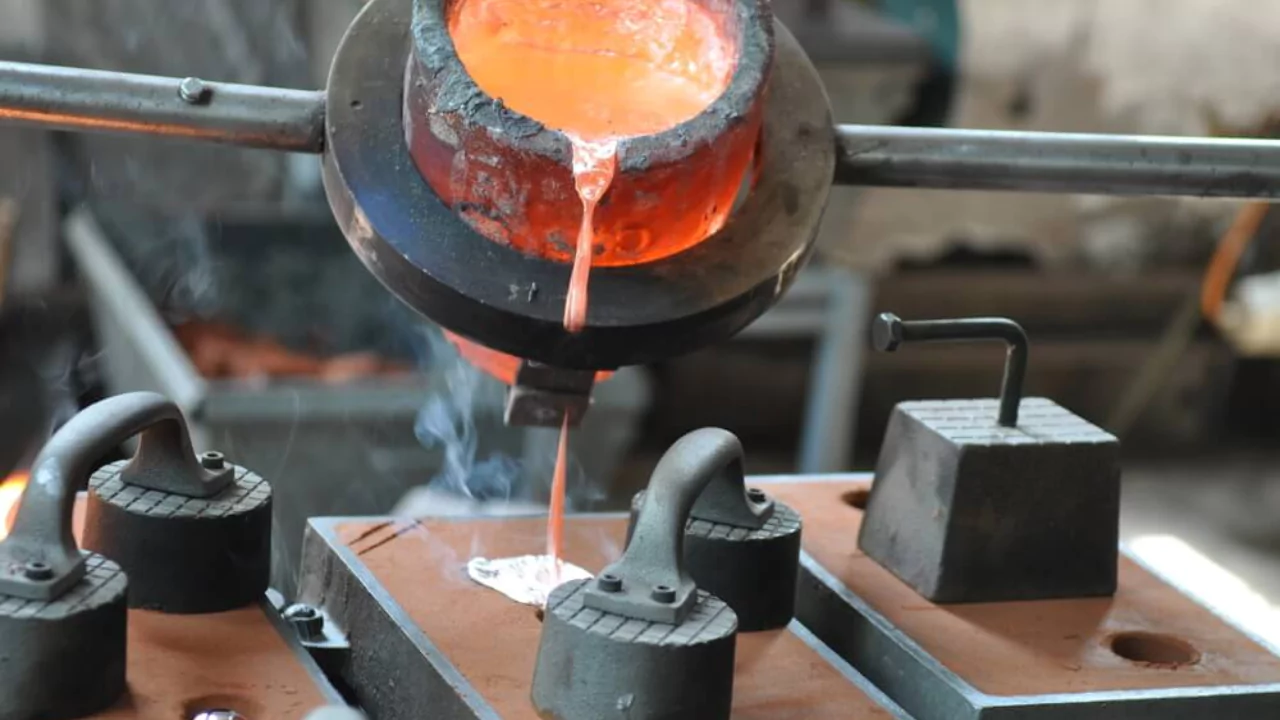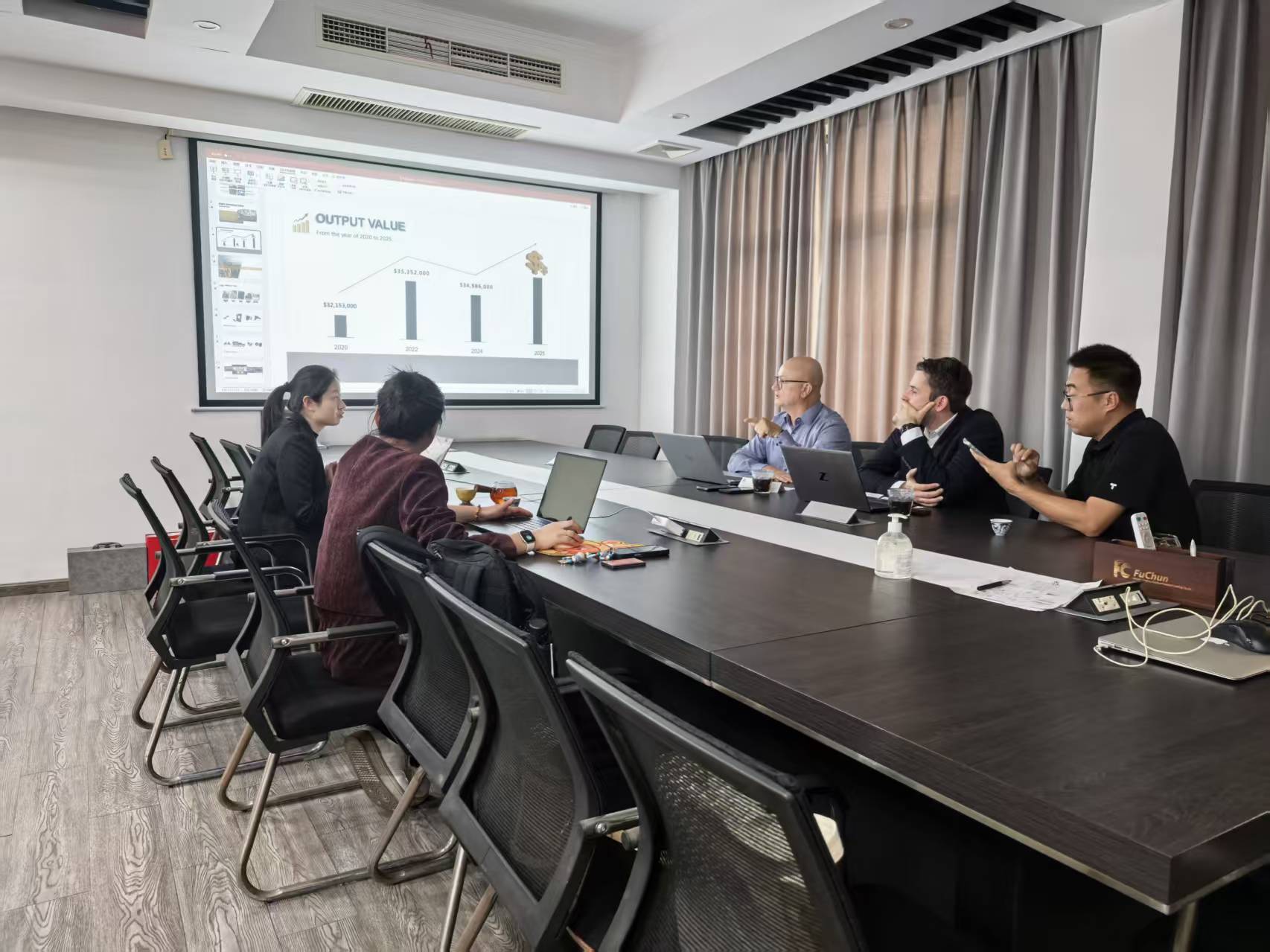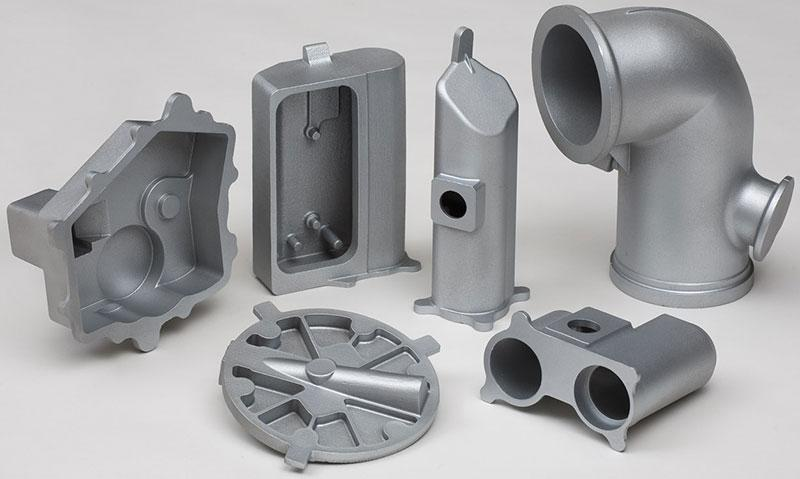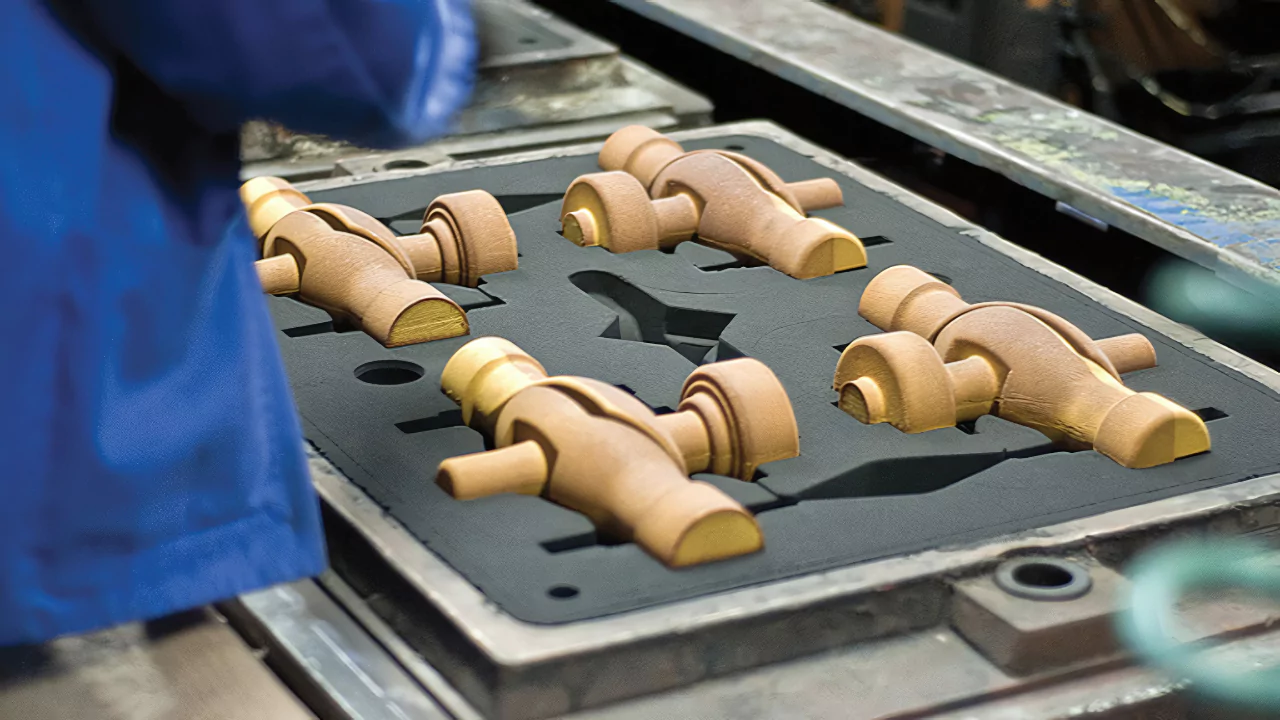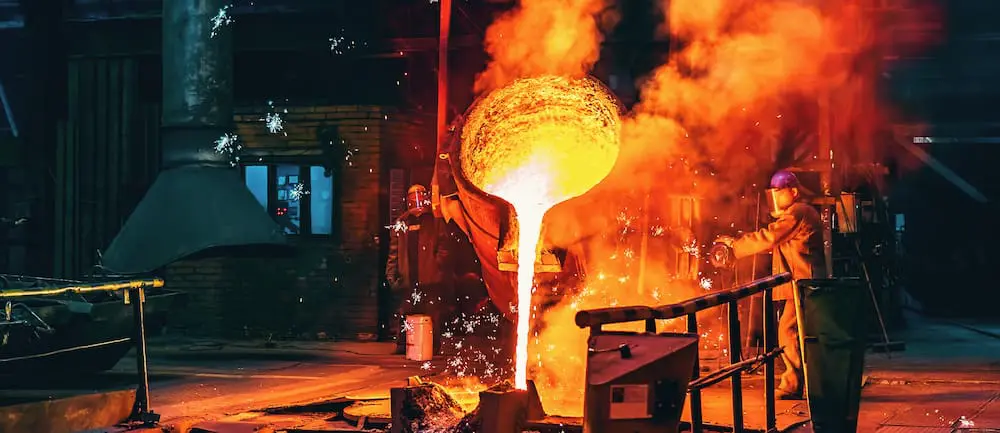목차
Die casting is one of the most widely used metal forming methods in modern manufacturing. It delivers high precision, consistent shapes, smooth surfaces, and durable parts that serve countless industries. From automotive components to consumer electronics, die casting plays a vital role in shaping products people use every day.
This comprehensive guide explains everything you need to know about die casting. It walks through how the process works, the main technologies involved, quality testing methods, areas of application, and how to choose the right supplier. By understanding die casting in detail, you can make better decisions when selecting materials, optimizing designs, or sourcing parts for your business.
What is Die Casting?
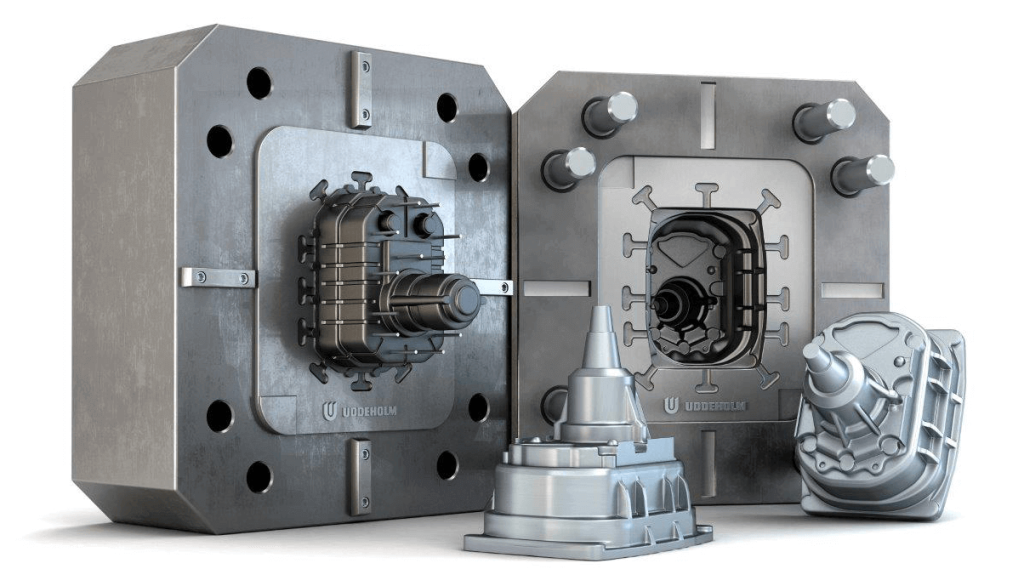
Die casting is a metal casting process that forces molten metal into a reusable steel mold under high pressure. The mold is known as a die and is precisely machined to form the final part shape. Once the metal cools and solidifies, the die opens and ejects the finished component.
This process allows manufacturers to create complex geometries that require minimal machining afterward. The pressure applied in die casting ensures excellent surface quality and high dimensional accuracy. Manufacturers rely on die casting when they need large volumes of uniform metal parts with tight tolerances.
Most die casting components are made from non-ferrous metals such as aluminum, zinc, and magnesium. These materials offer good strength-to-weight ratios and corrosion resistance, making them ideal for commercial and industrial products.
History of Die Casting
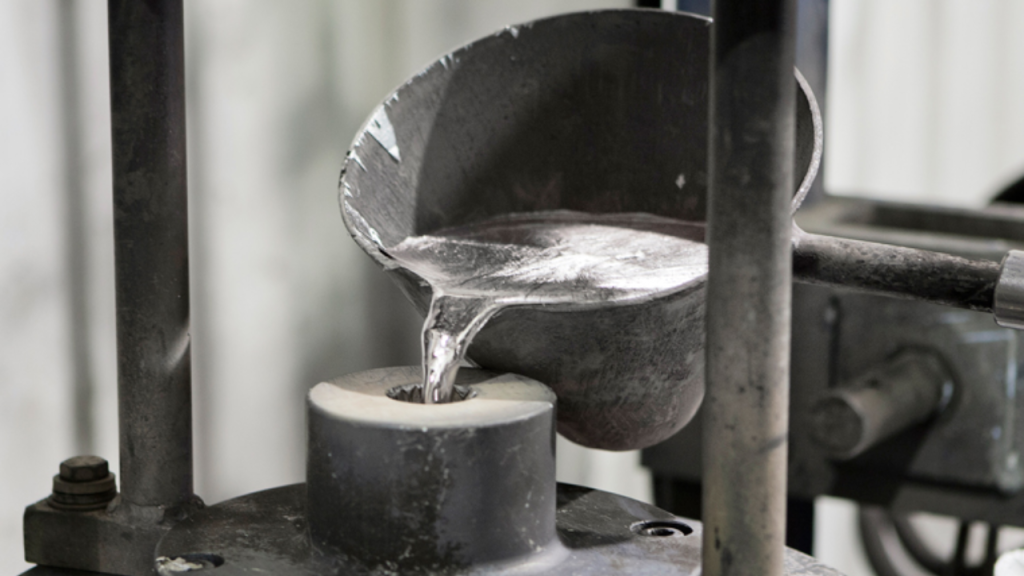
Die casting originated in the mid-19th century, initially developed for the printing industry to make movable type components. The earliest die casting machines were patented in 1849, signaling a new chapter in mass production. At that time, zinc and tin-based alloys were the primary materials used.
Through the 20th century, die casting expanded into other sectors as industrialization increased. Automotive and electronics manufacturers recognized the advantages of lightweight, precisely formed metal parts. Improved alloy formulations and machining technologies enabled the production of stronger and more complex components.
Today, the die casting industry continues to evolve with innovation. Computer-aided design, automated process control, and enhanced die materials support higher production efficiency and longer tool life. Die casting has remained a foundational manufacturing method thanks to its adaptability and performance benefits.
Types of Die Casting
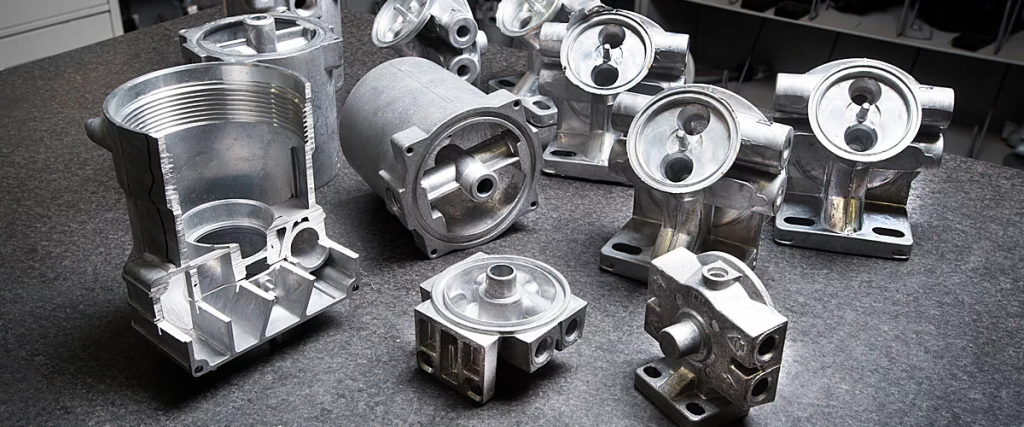
There are several types of die casting processes, each designed to handle specific materials and performance needs. Choosing the right type depends on the product’s shape, mechanical requirements, and production volume. Before breaking the types into subcategories, it is important to understand how differences in pressure and metal delivery influence product outcome.
Hot Chamber Die Casting
Hot chamber die casting is commonly used for low melting point metals such as zinc, lead, and magnesium alloys. In this method, the injection unit is submerged in the molten metal, which allows fast cycling times. The metal is drawn directly into the injection system, reducing energy loss and improving efficiency.
Cold Chamber Die Casting
Cold chamber die casting is better suited for aluminum, copper, and other high melting temperature alloys. The molten metal is poured into a separate chamber before being injected into the die. This setup protects the injection components from excessive heat, which helps maintain machine durability.
Vacuum Die Casting
Vacuum die casting removes air from the cavity before metal injection. Reducing trapped gas improves the mechanical properties of the final product. It decreases porosity, enhances surface finish, and strengthens structural integrity.
This method is chosen when components must meet strict performance standards. It is frequently applied in electric vehicle motor housings, high-end electronics, and safety-critical parts. Although more advanced and costly, it provides better reliability for demanding applications.
Squeeze Die Casting
Squeeze die casting combines high-pressure casting with solidification under compression. Instead of injecting molten metal into a fully closed cavity, the metal is introduced and then squeezed to eliminate gas pockets. The pressure applied during cooling improves density and strength.
This process is ideal for structural components that experience heavy loads. Manufacturers use squeeze casting for engine parts, suspension elements, and aircraft components due to their improved durability.
Semi-Solid Die Casting
Semi-solid die casting uses partially solidified metal, allowing smoother flow and reduced shrinkage. This technique produces parts with exceptional mechanical performance and minimal porosity. The method requires precise temperature control to maintain the semi-solid state.
Industries that prioritize lightweight strength, such as automotive and consumer electronics, benefit greatly from semi-solid processing. Although equipment and technical requirements are higher, it delivers premium-quality results.
What are the Die Casting Processes?
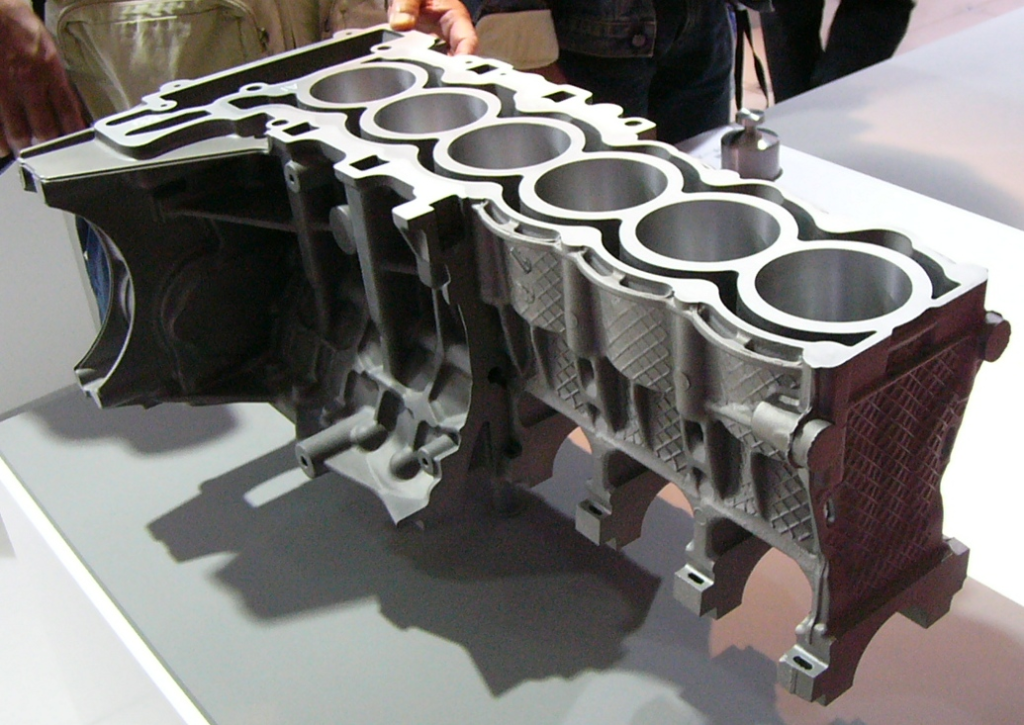
The die casting process involves several key steps to ensure accuracy and efficiency. Each stage contributes to the final product quality, from melting alloys to trimming excess material. Understanding these steps helps optimize planning and tooling decisions for cost-effective production.
The process generally begins with the preparation of the die and heating of the metal to a controlled temperature. After injection, the part must cool uniformly before removal. The cycle concludes with finishing work and testing to verify conformance.
Die Preparation
Die preparation includes cleaning, heating, and lubrication of the mold before each shot. Proper temperature control prevents thermal shock and reduces wear. Lubricants help ensure smooth ejection and support longer die life.
A well-prepared mold reduces defects such as sticking, cracking, and misalignment. Consistent preparation creates predictable casting conditions, which ultimately improve part quality and productivity.
Metal Injection
Molten metal is carefully injected into the die under high pressure. Filling the cavity quickly and evenly ensures accurate shape formation and minimal porosity. Injection pressures differ based on the type of machine and material requirements.
Metal flow must be managed closely to avoid turbulence. A controlled filling profile lowers the chance of trapped air and weak spots. The metal must reach every detail of the cavity before solidification begins.
Cooling and Solidification
Once the cavity is filled, the metal cools and solidifies into the shape of the part. The die plays a big role in heat dissipation. Balanced cooling prevents defects like warping and shrinkage.
Cycle time depends on wall thickness and alloy properties. Accurate cooling control supports fast productivity while still protecting mechanical strength. Cooling systems inside the die help maintain stable temperature conditions.
Part Ejection
After the metal solidifies, the die opens and ejector pins push the casting out. Timely ejection prevents overstressing the part and allows the next cycle to begin. Care must be taken to avoid damaging the surface or thin features during removal.
Trimming and Finishing
Trimming removes excess metal, also known as flash, from the casting. Finishing may include sanding, machining, coating, or polishing depending on product requirements. Consistent finishing improves visual appeal and performance.
What are the advantages of Die Casting?

Die casting provides many notable benefits compared to conventional casting, forging, or machining. These advantages help manufacturers produce high-performance parts efficiently. The next sections highlight the most important strengths die casting delivers to industries worldwide.
Due to its versatility and speed, die casting supports both mass production and high-quality output. It reduces the need for secondary operations and supports innovative designs that save weight and cost.
High Dimensional Accuracy
Die casting produces parts with excellent consistency and precision. The tight tolerances reduce or eliminate machining and improve component interchangeability. Designers can rely on stable dimensions even across high-volume production.
복잡한 지오메트리
Die casting enables the formation of intricate features that would be difficult with traditional processing. Thin walls, fine details, and lightweight structures are achievable with minimal compromise in strength.
매끄러운 표면 마감
The metallic surfaces produced by die casting are clean and attractive. Smooth surfaces reduce the need for additional polishing or coating. This improves cost efficiency and speeds up delivery times.
Cost-Effective for High Volumes
Die casting offers excellent cost efficiency when producing large quantities. The fast cycle time and repeatable process contribute to low per-unit pricing. It is especially economical once the mold investment is spread over many parts.
소재의 다양성
Different alloys can be used in die casting depending on application needs. Aluminum provides lightweight strength, zinc enables detail precision, and magnesium offers exceptional weight savings. Manufacturers can optimize properties by selecting the correct alloy.
Applications of Die Casting
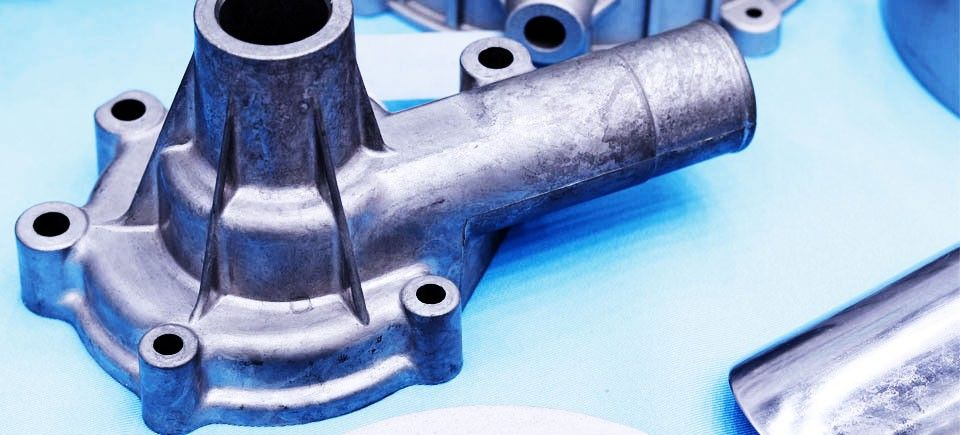
Die casting supports a wide range of industries thanks to its structural integrity and adaptability. Many products require durable metals shaped efficiently, making die casting a preferred choice. These industries rely on consistently high quality and scalable production.
The following sections examine key markets where die casting plays a major role.
자동차 산업
Automotive manufacturers use die casting to produce lightweight parts that improve fuel efficiency. Aluminum components for engines, gearboxes, and structural supports are common examples. These parts must withstand high temperatures and mechanical stress.
Die casting also enables sleek designs for interior and exterior trims. It supports the industry’s push toward safer, more efficient vehicles. Electric vehicles especially rely on die cast housings for motors and battery systems.
Consumer Electronics
Smartphones, laptops, and cameras often use die cast frames and housings. These products require slim, precise structures that protect sensitive internal components. Magnesium and aluminum alloys provide strength while keeping devices lightweight.
High-quality surface finishes improve the tactile feel of electronics. Manufacturers rely on die casting to combine functionality with stylish appearance. As electronics continue to shrink, die casting’s accuracy remains essential.
Aerospace and Defense
Aircraft components demand high reliability and performance. Die cast parts help reduce weight while ensuring durability during extreme operation conditions. They are used in mechanical housings, brackets, and instrumentation systems.
Military equipment benefits from die casting’s ability to handle harsh environments. Strong metal components support mission safety and system reliability. Advanced alloys help meet aerospace-grade requirements.
산업 기계
Various machines depend on robust components that maintain performance over long service life. Die casting helps build pump housings, hydraulic components, connectors, and mounting brackets. These parts must handle significant forces and corrosive settings.
Manufacturers rely on die casting for scalable solutions across multiple equipment lines. Custom shapes enhance mechanical assembly and reduce system size. The method helps streamline supply chains for industrial production.
Household Appliances
Refrigerators, washing machines, and kitchen appliances frequently include die cast elements. Structural supports and mechanical parts require excellent strength. Die cast products improve durability and user experience.
Smooth surfaces also contribute to appealing consumer designs. Manufacturers achieve consistency across large volumes, meeting market demand reliably. Household appliances benefit from both performance and affordability.
How to test the quality of Die Casting?
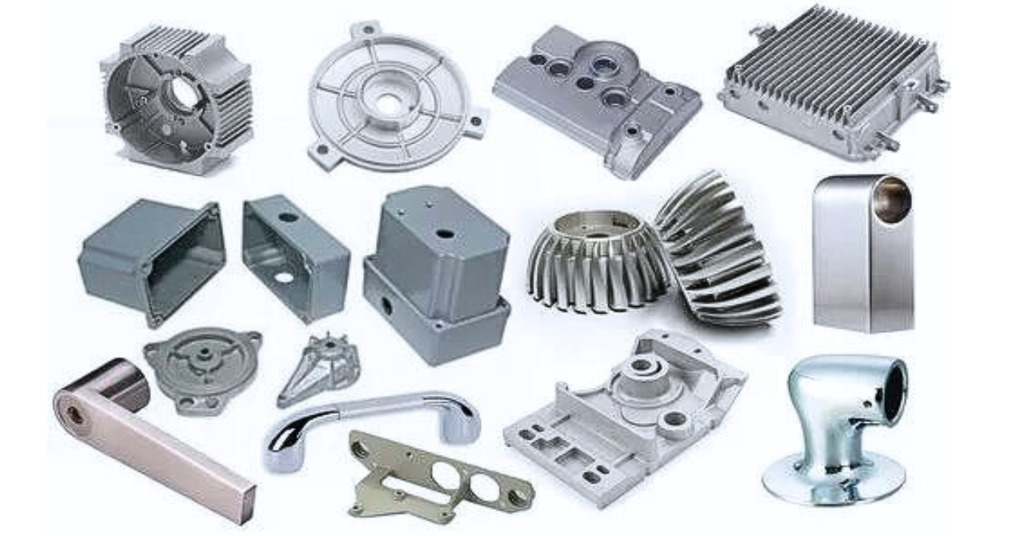
Quality control ensures that every cast part meets required mechanical and geometric specifications. Testing involves a combination of inspection methods and laboratory evaluation. Results determine whether products comply with safety and performance standards.
Testing selection depends on part function and material requirements. Some castings only need visual checks, while others undergo advanced nondestructive testing.
육안 검사
Visual checks detect surface defects such as cracks, porosity, or incomplete filling. Inspectors examine the surface under lighting and sometimes magnification. It is one of the quickest ways to evaluate casting appearance.
Despite being simple, visual inspection identifies many common flaws early. This allows corrective actions before further processing. Reliable inspection staff helps maintain consistent quality.
Dimensional Measurement
Precision measurement tools check whether part dimensions match design drawings. Coordinate measuring machines, calipers, and gauges verify tolerances. Slight deviations can affect assembly performance.
Dimensional consistency ensures that components meet critical fit requirements. Accurate parts improve production efficiency and final product quality. Continuous monitoring prevents issues from escalating in mass production.
Mechanical Property Testing
Mechanical strength tests such as tensile, hardness, and impact evaluations determine structural performance. These tests are especially important for safety-critical components. They ensure that material properties fall within acceptable ranges.
Testing helps verify alloy integrity and heat treatment effectiveness. Reliable mechanical properties guarantee the part will function properly in real-world conditions. Manufacturers track results to support quality certification.
Nondestructive Testing
Nondestructive testing methods like X-ray and ultrasonic scanning detect internal flaws that visual checks cannot find. These inspections reveal porosity, inclusions, or cracks inside the casting. They are used for components requiring high reliability.
This testing avoids damaging the part during evaluation. Advanced detection ensures hidden defects are not overlooked. Nondestructive analysis supports customer confidence and product safety.
Where to find a good Die Casting company?
Selecting a reliable supplier is essential for achieving competitive performance and cost goals. A strong die casting partner should offer engineering support, quality control capability, and knowledge of different alloys. They must be able to manage tooling, production, and finishing services under one system.
A good starting point is to consider experienced manufacturers who serve international markets. For example, Fuchun Casting offers die casting production with a focus on quality and professional service. You can learn more about the company and its solutions by visiting our official website.
요약
Die casting is an essential manufacturing process that shapes countless modern products. Its ability to produce complex, strong, and precise parts at high volumes makes it a top choice across industries. From aluminum automotive structures to durable consumer goods, die casting delivers quality and efficiency.
Different die casting methods such as hot chamber, cold chamber, vacuum, squeeze, and semi-solid allow customization of material properties and performance. Well-controlled processing ensures reliable mechanical strength and excellent surface finish. Proper testing maintains consistency and safety throughout production.

